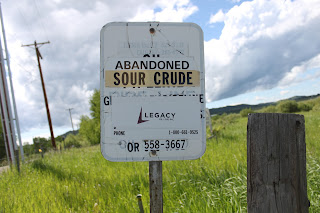Cdn Govt to Review Pesticide Use Including 2-4-D
B. McPherson
One might ask why two poisons are now being sprayed on our food crops.
While the federal officials would say that routine reviews
are done on pesticides the cynic would say that they were pressured into it by
the Ecojustice Foundation. The Pest Management Regulatory Agency has announced
that they will review the safety of 383 products that contain 23 active
ingredients. These are chemicals currently in use in Canada.
While many of these chemicals have exotic sounding names, one,
2,4-D is familiar to farmers and
householders alike. It is used on golf courses and GM food crops to kill
broadleaf plants. This plant hormone causes broad leafed plants to outgrow
their roots. This is the major ingredient in Agent Orange. It has become the go
to chemical to kill broad leaf weeds. According to the American EPA, the annual
usage in that country is 46 million pounds of 2, 4-D.
While the links between 2,4-D exposure and cancer, kidney failure, spontaneous
abortions, developmental difficulties, neurotoxicity are not definite in
humans, they have been shown in lab animals.
Many people do not understand that there are some close
metabolic links between animals and plants. 2,4-D is a hormone. Many women
going through menopause are advised to consume soy products because they carry
phytoestrogens(plant estrogens). So there is the very real possibility that
spraying those pesky dandelions in your beautiful lawn with this chemical is
endangering the health of you, your kids and the family pet. Whether it is long
term sub chronic exposure or acute exposure, this chemical needs to be treated
with respect.
Do not confuse this poison with that other common poison
glyphosate(Roundup) the links to cancer and birth defects are even more
established here.
Less well known, but commonly used pesticides being reviewed
are Bromoxynil, carbaryl, chlorthal-dimethyl, trifluralin, trichlorfon.

Comments
Post a Comment